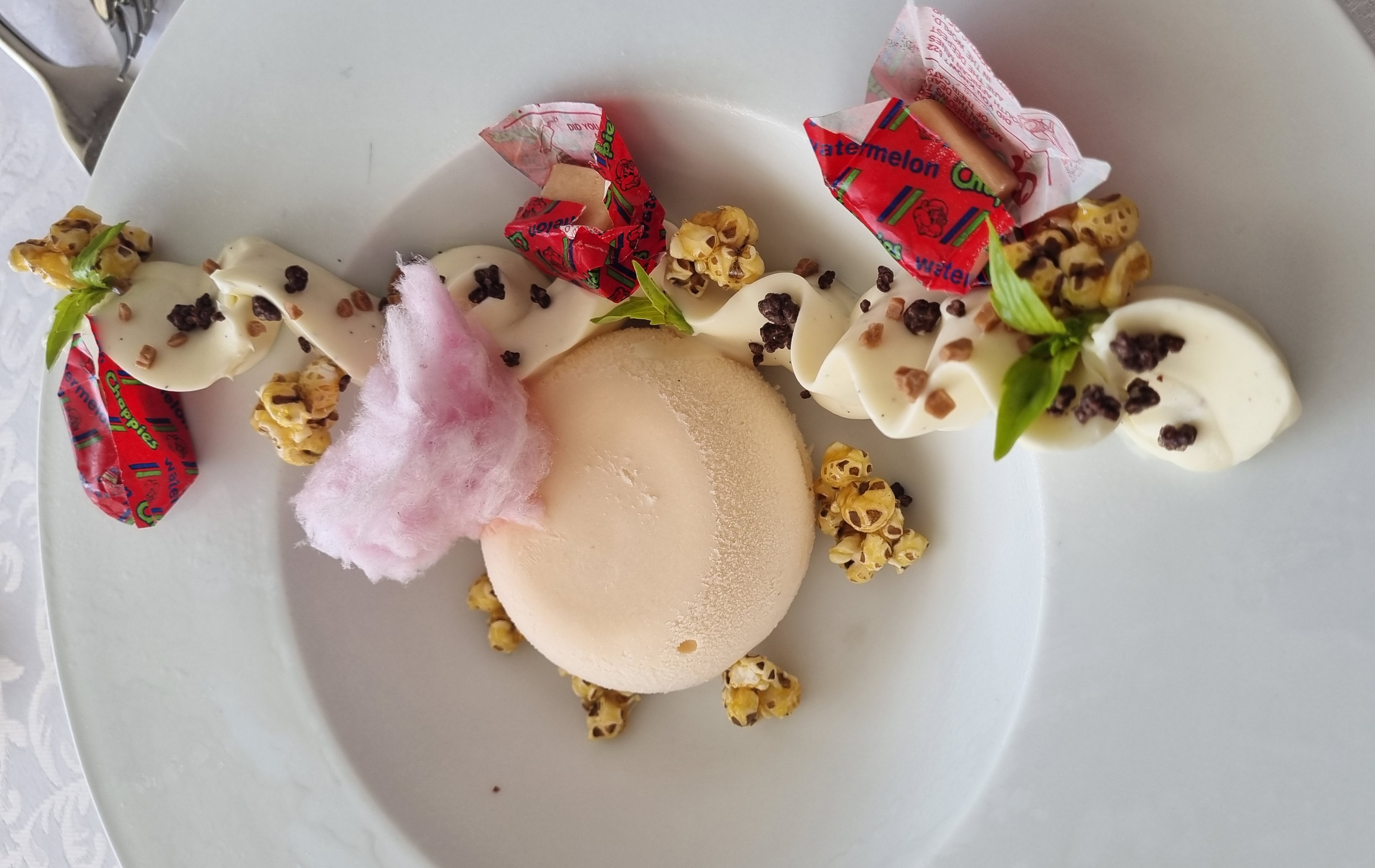Did you know that Chappies bubble gum is 75 years old? Or that, if you were to line up all the Chappies we chomp in a year, they would span the circumference of the earth? Probably not, but even those with no taste for sweet stuff will recognise the iconic cubes with a chipmunk cartoon character gracing the outside of each wrapper. And the flipside’s “Did you Know” fast facts.
Created in 1948 by Johannesburg’s Chapelat confectionary company, Chappies initially sold two for a penny, making them the cheapest chews on the block. In 2023, they still occupy this market segment and are available everywhere from suburban corner cafés to township taxi rank street stalls and rural spaza shops. Such is their ubiquity that the word “chappies” is often genericised within the South African lexicon and used to mean all gum-type sweets. When teachers tell children to get rid of their chappies, they don’t mean that those with Orbit or Beechies in their mouth can keep chewing.
Successful brands move beyond being seen as a product to be purchased and become an element of identity. In South Africa, Chappies (along with Mrs H.S. Ball’s and perhaps Ouma rusks) have made this move. They were a prominent part of the 2020 South African 100 Flavours Exhibition at the V&A Waterfront in Cape Town and their logo appears (authorised and unauthorised) on everything from bucket hats to beadwork.
The danger for businesses achieving such heights is that the trademarked item can escape the grasp of its original owners and go rogue. The ingredients in Chappies seem relatively simple – the packet says sugar, glucose syrup, gum base, corn starch, invert syrup, flavouring, colourants (e124, e104, e133) antioxidant (bht-e321), sulphites – but the context is complex. For Chappies, seeping so completely into the South African psyche has been a mixed blessing. The sweet, fragrant, positive aspects of our identity exist alongside the violence of mastication and the intimate, unnerving body fluid stickiness. Chewed, blown, burst, deflated, discarded but stubbornly sticking. We are what we eat and what we all eat is Chappies.
Rose-tinted childhood experiences
Many middle-aged South Africans associate Chappies with rose-tinted childhood experiences. For most of us the memories begin with being a tiny tot standing on tiptoes to see over the corner café counter, clutching a few cents in a hot little hand. Those were the days when Chappies provided a formative first foray into autonomous, parent-free purchasing power. And often a tentative step away from adult approval. Especially after bubbles popped leaving chins and noses covered in a tacky film.
Oh, the exhilarating optimistic, fresh-flavoured bloom of bubbles. Is there any greater primary school thrill than surreptitious chewing of Chappies in class? It is absolutely worth the risk of discovery and the potential punishment of having to stay after school to scrape last week’s gum off the bottom of desks with a ruler. Often the scraping tool was branded (Make Chappies Your Rule) thanks to the company’s extensive education support campaigns. Can any other material cling so stubbornly or retain such perfect tooth mark impressions? Thinking back, if they didn’t want us to stick it under our workstations, grownups probably shouldn’t have erroneously told us that if we swallowed chewed Chappies they would stay in our stomachs for seven years.
Did you know goldfish see ultraviolet light?
And then, of course, there were the snippets of information offered up on the underside of each sweet paper. Did you know that goldfish can see both infrared and ultraviolet light? Or that “stewardesses” is the longest word that is typed with only the left hand? Or that coconuts kill more people than sharks? If you do, thank (or curse) a Chappie.
Do our children understand or recognise the all-consuming delight described above? Probably not. The posh ones definitely don’t. Some township children still take themselves to the shop but the independence of suburban children has both shrunk and grown in recent years. High walls, anxieties around crime and car culture have limited prepubescent solo outings. Unsupervised milling around the sweetie section of corner cafés is rare. Smartphones mean that many younger brethren know everything and nothing. Google, not a sweet paper, answers questions about life, the universe and everything. While Google offers all sorts of opportunities to plummet down information rabbit holes, the Chappies journey is curated for sweetness – when a bubble gum wrapper tells you that the Roman emperor Caligula made his horse a senator it never sends you on to alarming images of what happened to the horse next.
Is change in Chappies still a thing? It certainly acted as an alternative currency in apartheid South Africa. Comedian Barry Hilton has a routine in which a kid asks for his change at the café and the owner answers in a heavy Madeiran accent:
style="font-weight: 400;">




 Chef Marcel Marais’ homage to Chappies; Prue Leith Restaurant at the Prue Leith Culinary Institute. (Photo: Adele Stiehler-van der Westhuizen)
Chef Marcel Marais’ homage to Chappies; Prue Leith Restaurant at the Prue Leith Culinary Institute. (Photo: Adele Stiehler-van der Westhuizen)

/file/dailymaverick/wp-content/uploads/2023/03/anna-Chef-Marcel-Marais-Prue-Leith-Restaurant-Centurion-photo-credit-Adele-Stiehler-vd-Westhuizen.jpg)